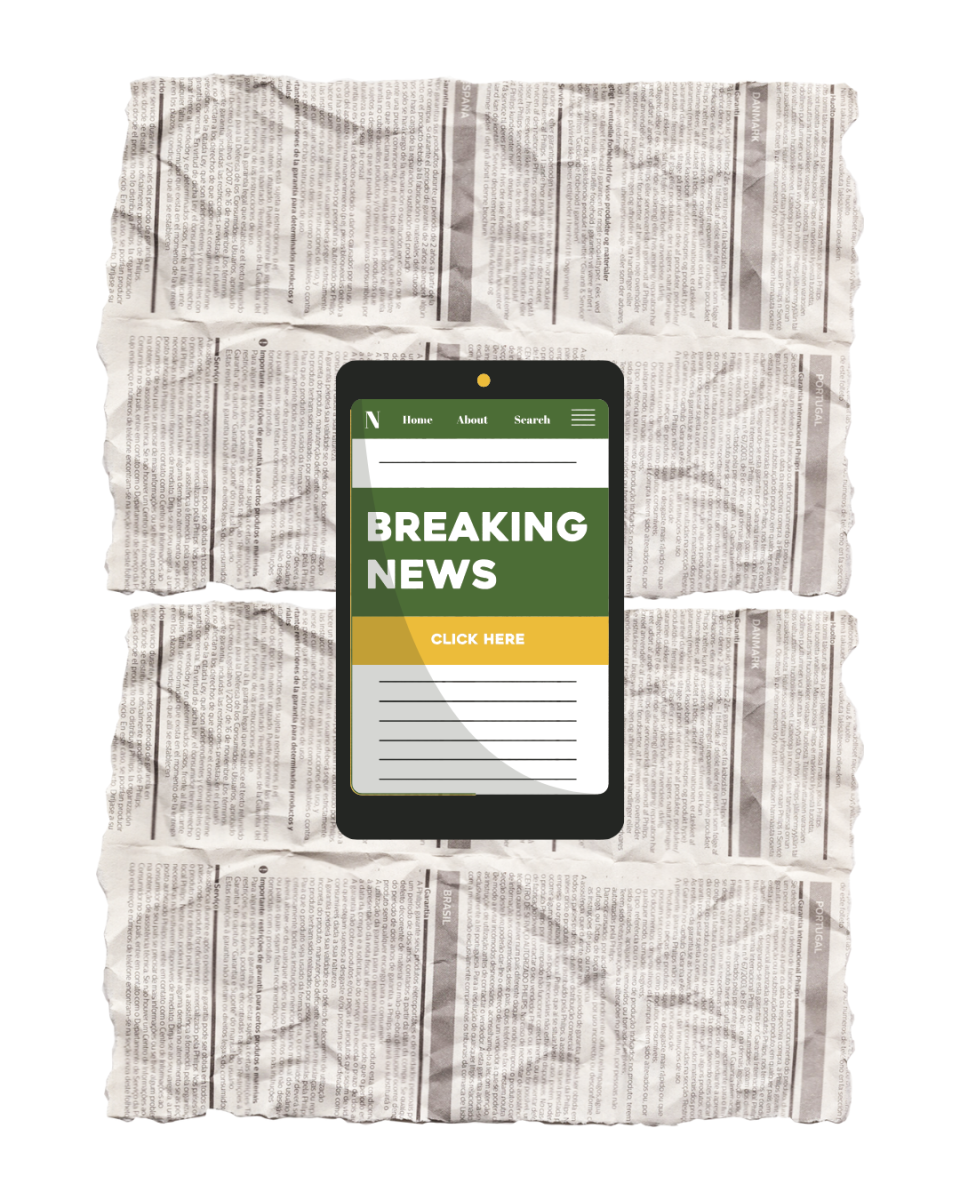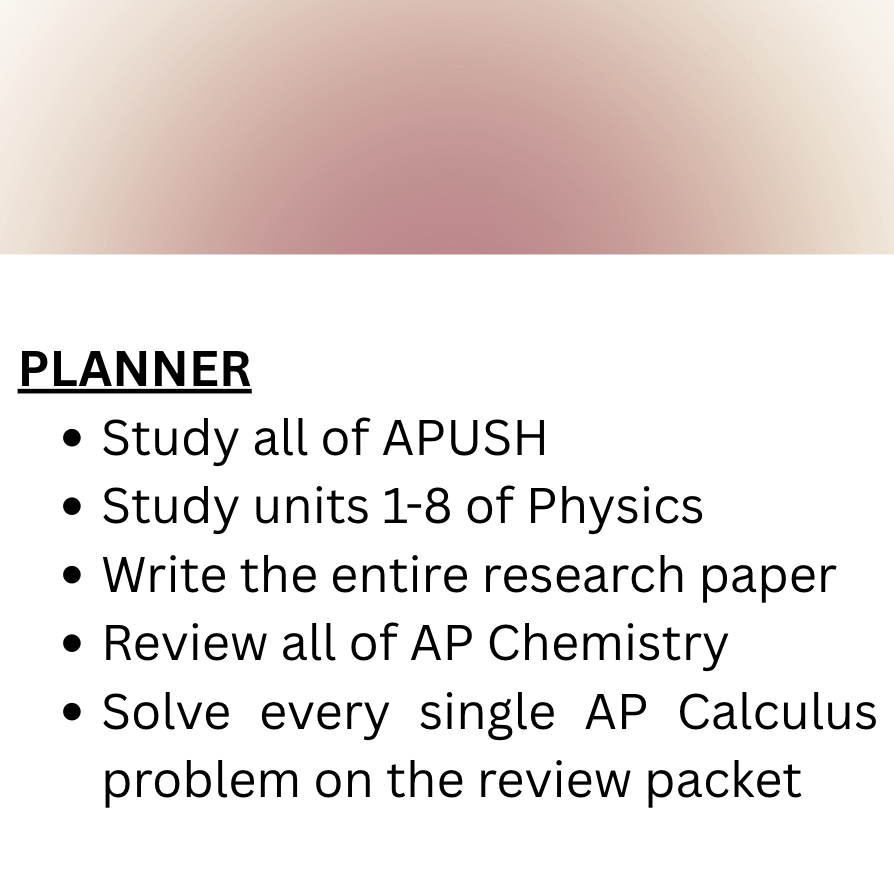In an era of contention over constitutional rights, journalism only becomes more prevalent in our modern world. Seeking the truth is our only hope.
We must protect the press, we must continue fighting for objective, and honest reporting.
Historically, journalism has always been designed to serve the people. There must be a balance in what we give versus what we receive.
In 1797, James Madison claimed that “Congress had an obligation to improve the ‘circulation of newspapers through the entire body of the people’.” Thus, spurring the creation of the Post Office Act of 1792 and reducing the cost of printed papers. By 1840, there were almost ‘three printed papers per person’, according to StanfordEdu.
Now, in a time where we can receive news at our fingertips in mere seconds, there have been advancements in the type of journalism that is out there. Given the plethora of sources available for users, there are no clear guidelines to distinguish ‘real’ and ‘fake’ news. The trend that is on the rise is that journalistic institutes will create headlines or catchy phrases that garner the most interaction from users, even if the information isn’t the most accurate. At the cost of this accessibility comes misinformation, thus creating a more saturated and sometimes underdeveloped output of news stories.

Let’s be real, capitalism runs the United states, and is therefore reflected in the modern journalism world. As more and more conglomerate news and media organizations gather at the base of their consumers, there is less focus on quality reporting and rather on how much ‘information’ one media can pump out more than the other. Journalism was not designed to be a race of information, but rather a recitation – a retelling of what has happened and how we can avoid repeating our mistakes.
While it is important to recognize that more information can sometimes be a good thing as it can redirect readers to different perspectives rather than just straight cold facts – there is a gray area between providing robust information, and also feeding underlying subjectivity within certain media presentations.
According to Reuters Institute from the University of Oxford, news organizations often look at their readership as the first priority on how to showcase news information.
“Today, many news organizations increasingly think carefully about the needs of their audience, grounding their understanding using tools like the ‘user needs model’, originally developed at the BBC and later evolved by Dmitry Shishkin and others, structuring and classifying content in terms of how well it satisfies people’s basic needs like knowledge and understanding, through specific user needs such as ‘inform me’, ‘divert me’, and ‘give me perspective’.”
I can certainly appreciate how convenient it is to wake up, open my phone, and see twenty different headlines from multiple news organizations pop up on my feed. It makes me feel special, and establish a facade that I am in fact ‘well informed’.
However, catchy headlines aren’t everything. We need to read an article, then maybe read a few more. Then, we can make an informed and truthful opinion.








